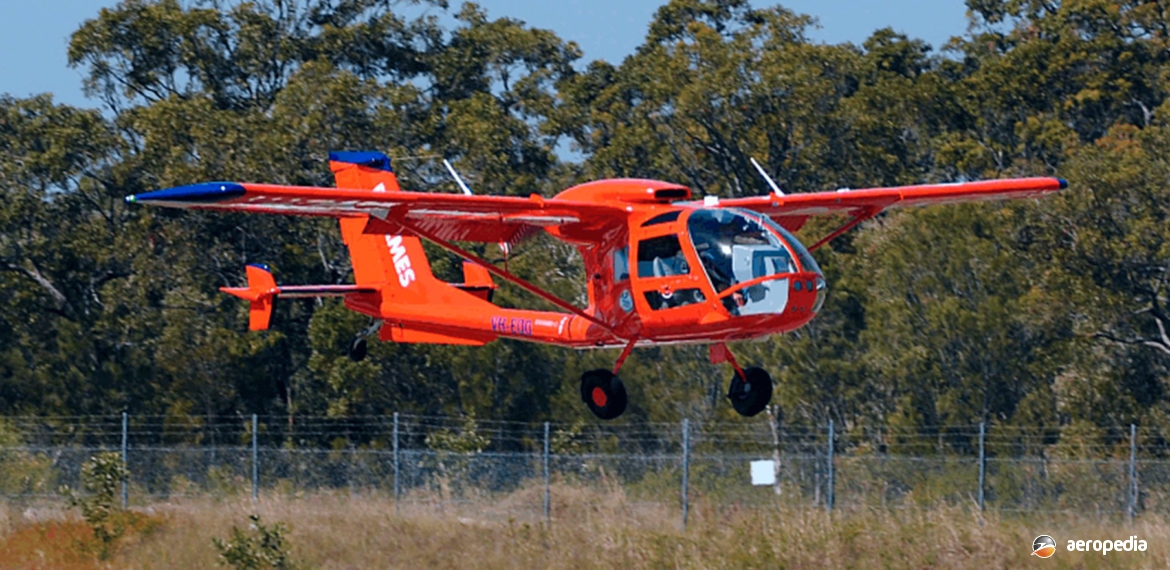Photograph:
Seabird SB-7L-360A-3 Roames VH-EQO (c/n 070017) near Hervey Bay, QLD (Seabird Aviation)
Country of origin:
Australia
Description:
Two-seat light surveillance aircraft
Power Plant:
One 157 kw (210 hp) Lycoming IO-390A1AB6 four-cylinder horizontally-opposed air-cooled engine
Specifications:
- Similar to SB-7L-360A Seeker
History:
In February 2011 Seabird Aviation announced an upgrade project for the SB-7L Seeker, introducing a range of structural upgrades as well as changing the engine to a Lycoming IO-390-A1B6 to improve ‘hot and high’ performance, as well as the ability to mount dual alternators. The second alternator was independently to supply power to the installed sensor suites, and was able to better accommodate larger sensor suites, the max take-off weight being increased. This model had a glass cockpit as standard.
In March 2015 the first production model of the Seeker 360A-2 surveillance aircraft was delivered to its owner in Australia, this model being an improvement on the 360A and being certified to a higher maximum gross weight, the installation of a Lycoming IO-390 engine providing 157 kw (210 hp), being able to employ heavier and more capable sensor payloads at high altitudes.
A further model has been the SB-7L-360A-3 Roames [short for Remote Observation Automated Modelling Economic Simulation] with a Lycoming IO-390A1B6 engine fitted with dual alternators, the second to power the sensors. The new model permitted precise 3D geo-spatial representations of assets, such as electricity networks. It was fitted with upgraded avionics, including a Garmin G500 EFIS cockpit, an L3-Trilogy ESI-20000 Electronic Standby Instrument and twin Garmin GNS-430W GPS Navigators. It also had a GTS-330ES transponder and Garmin GMA-347 Audio Panel. To reduce pilot workload during extended missions it had an STEC-55X Autopilot and yaw damper and, to assist with situational awareness, a GSR-56 Satellite Based Weather System and a GTS-800 Traffic Advisory System were installed.
Engine management was by an Auracle CRM-2100 Digital Engine Management System, and web-based aircraft tracking was by an IndigoSat One Satellite Tracking System. It was fully IFR-certified and external lighting had been changed to LEDs. Flight testing of this new model commenced in mid-2011, with the first two production aircraft being delivered to Queensland electricity provider, Ergon Energy, which has used the aircraft to survey its powerline network. These aircraft VH-EQO³ (c/n 070017) and VH-EQN³ (c/n 070016) were both registered to Seabird Aviation of Hervey Bay on 6 June 2011. The latter was withdrawn from service on 10 February 2017.
The aircraft was capable of fully automated flight, the pilot being able to intervene at any time. It was marketed by Seabird as a transitionary “optional pilot” model and was offered as an alternative to unmanned aerial vehicles.

